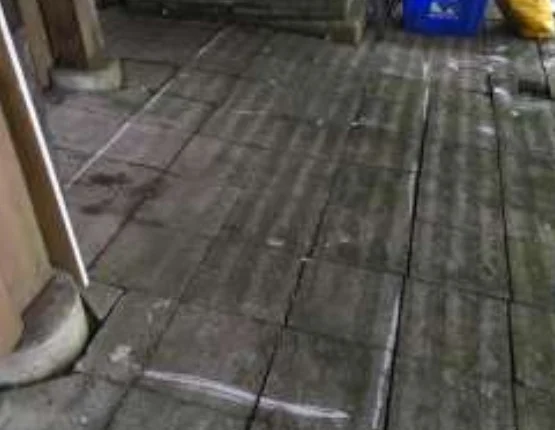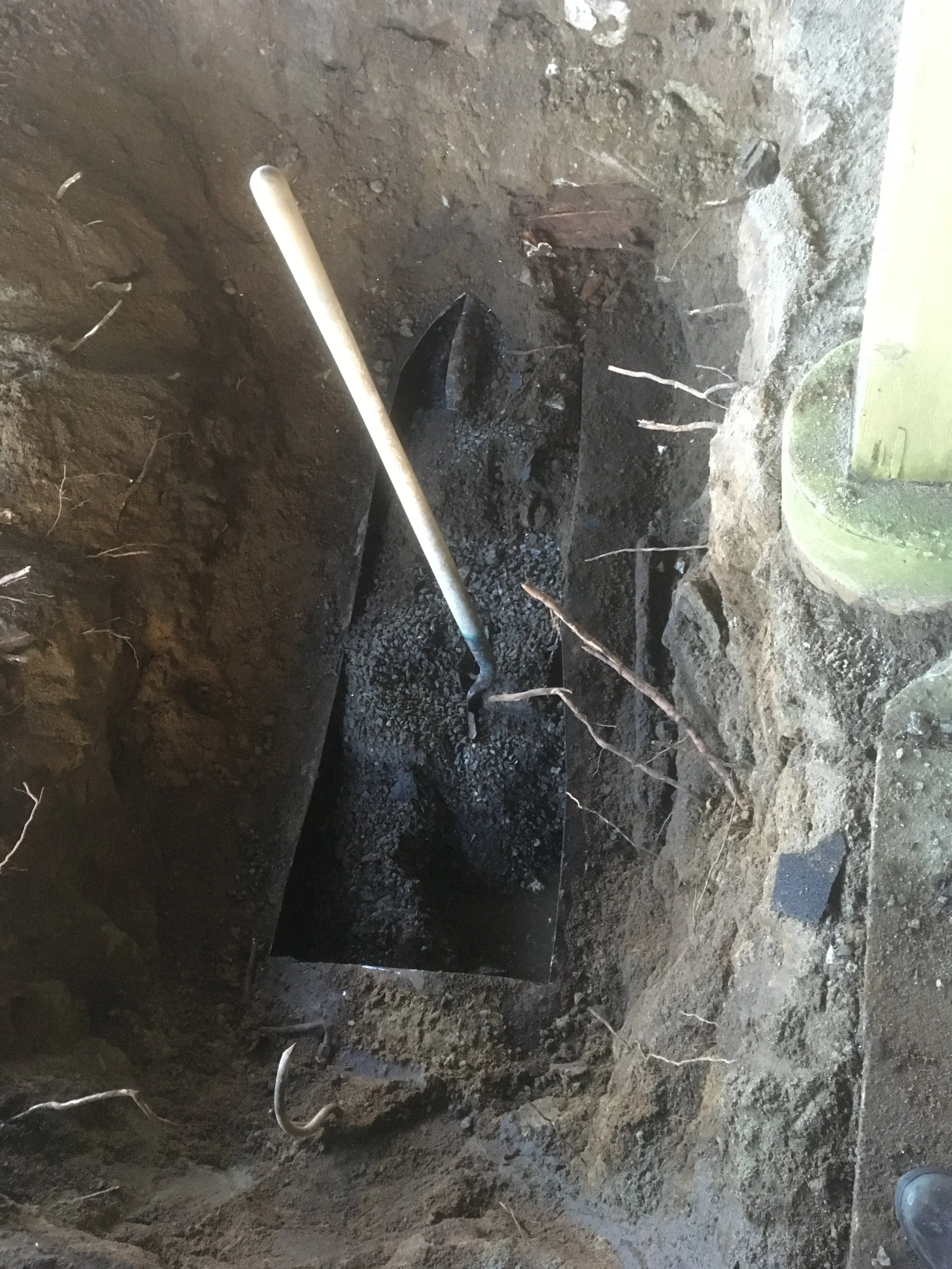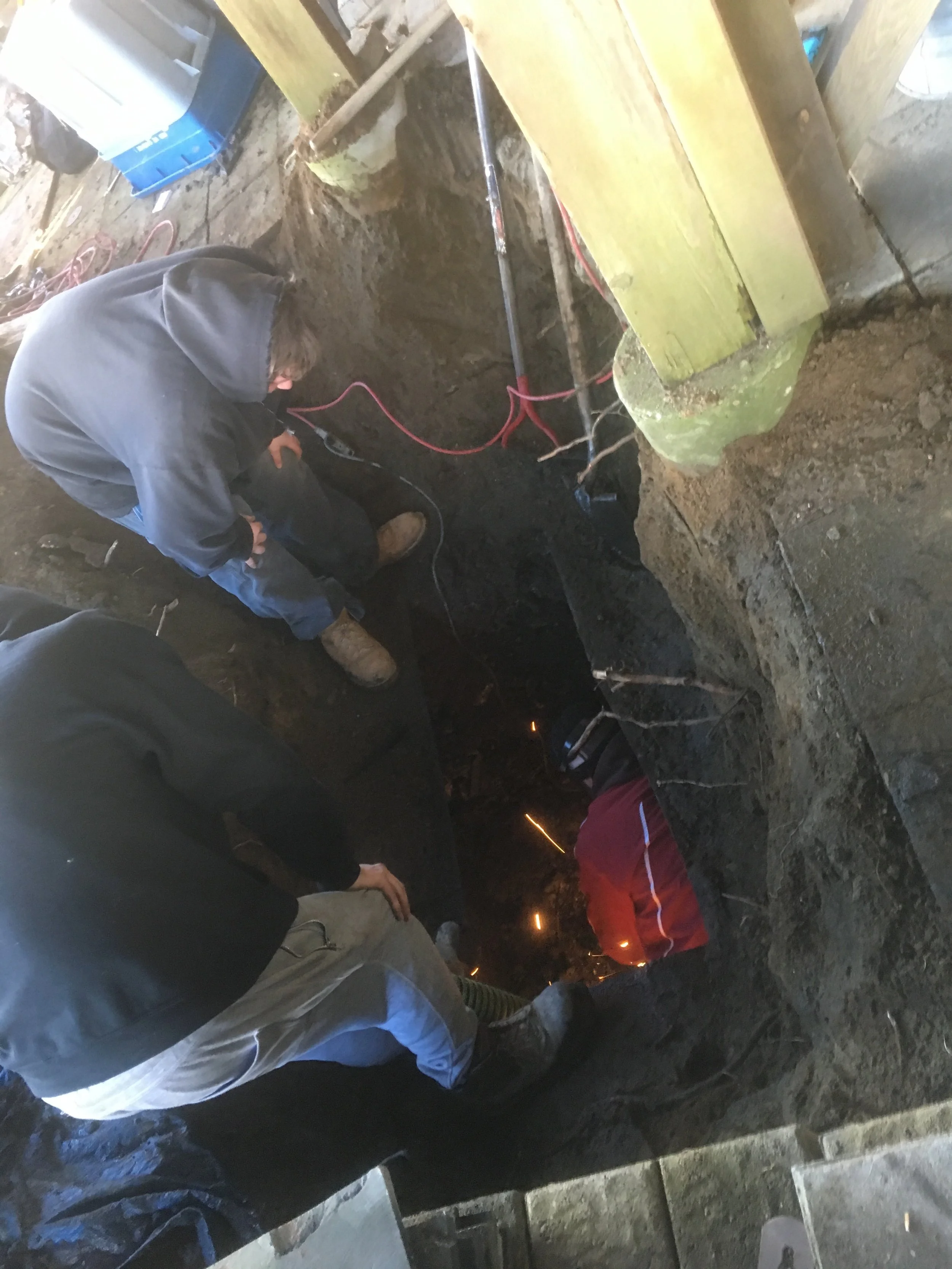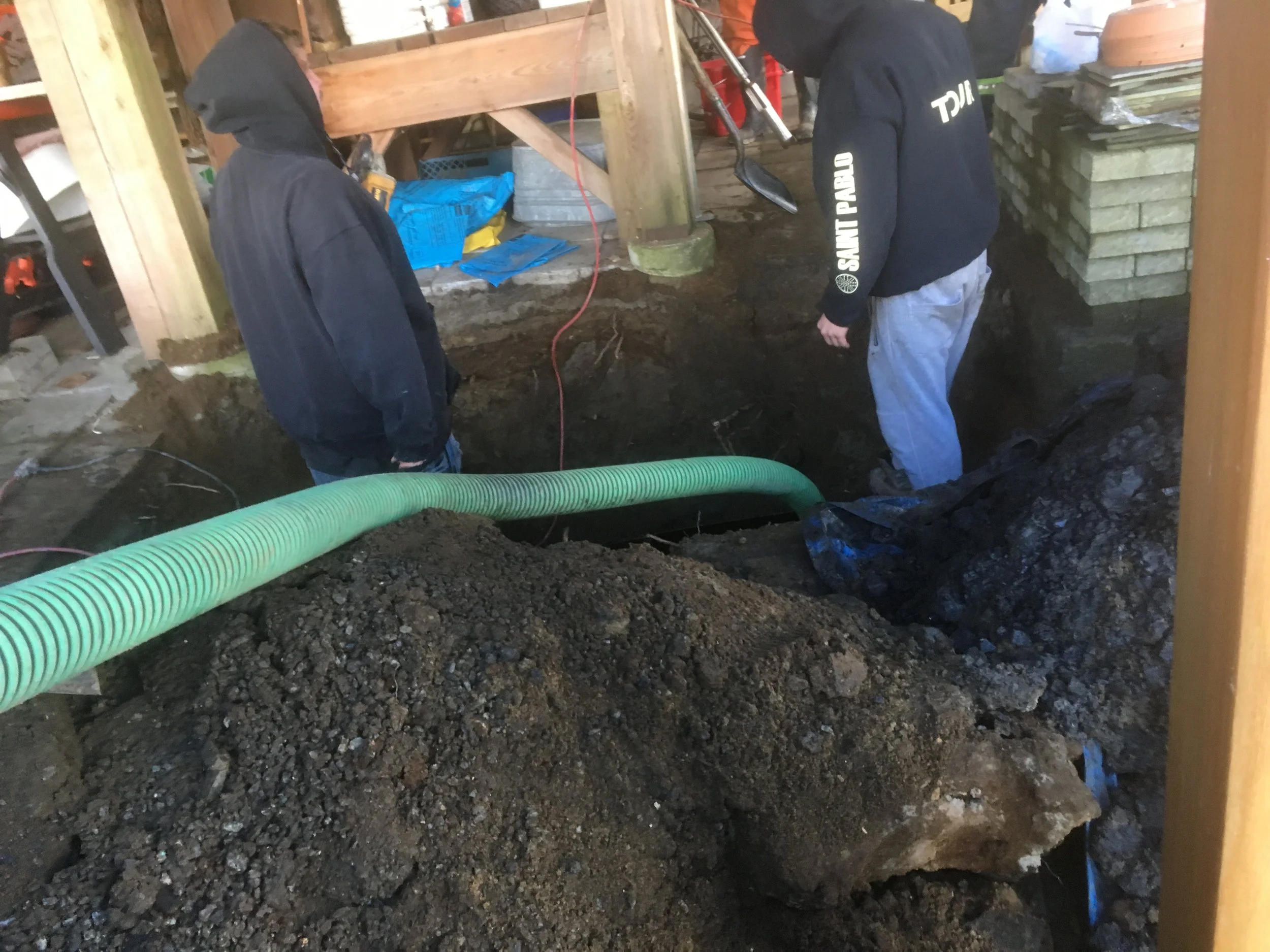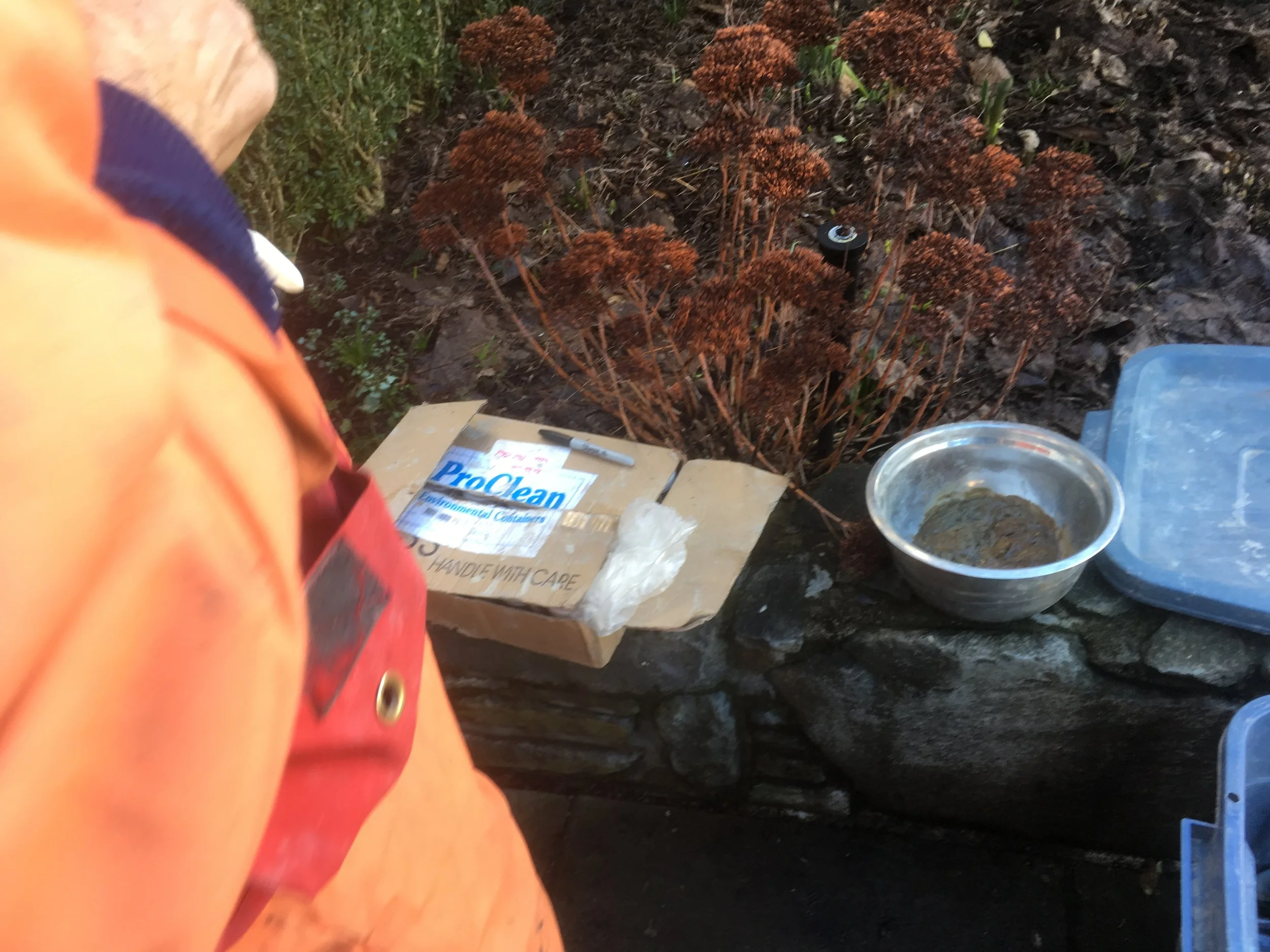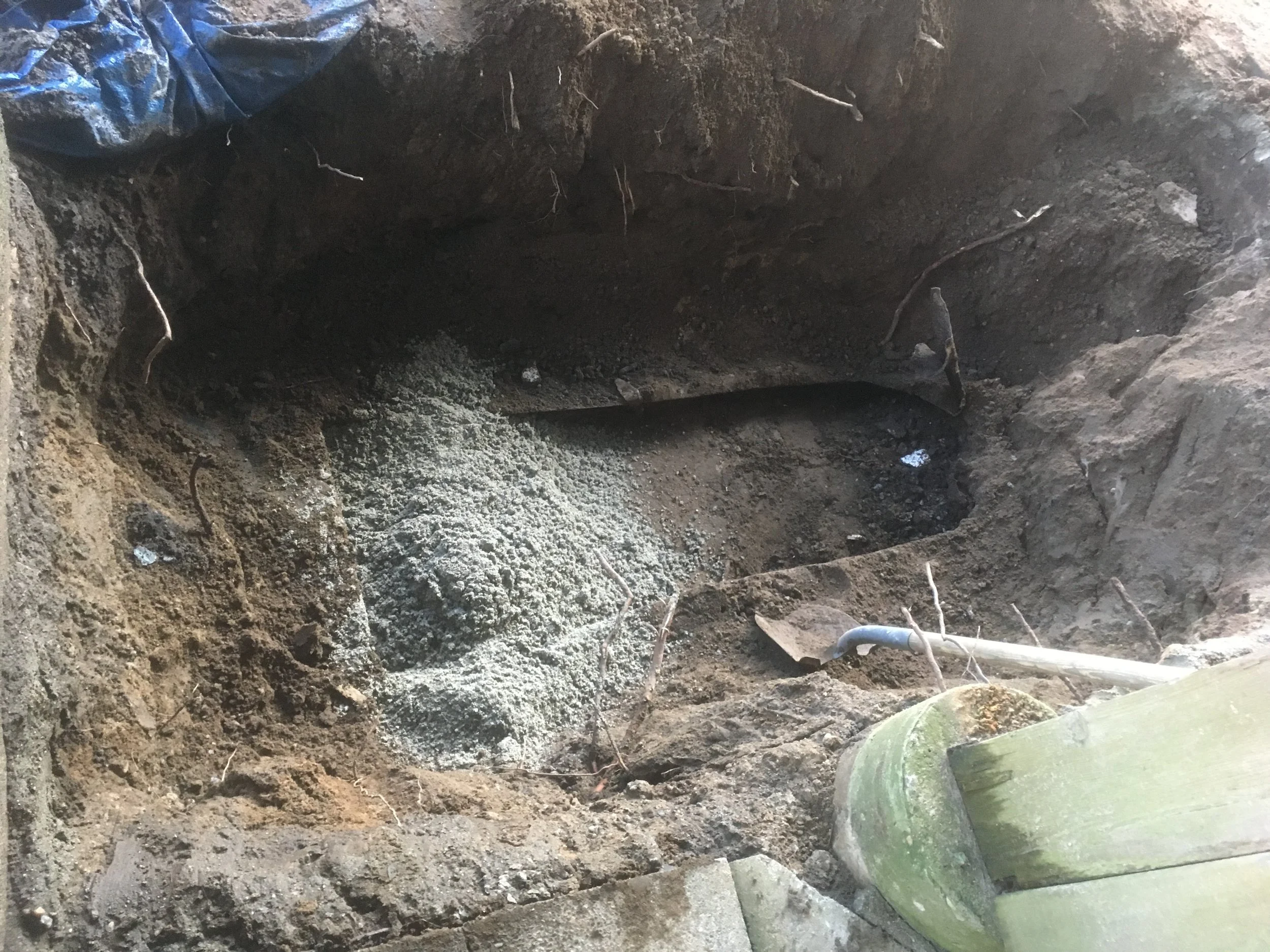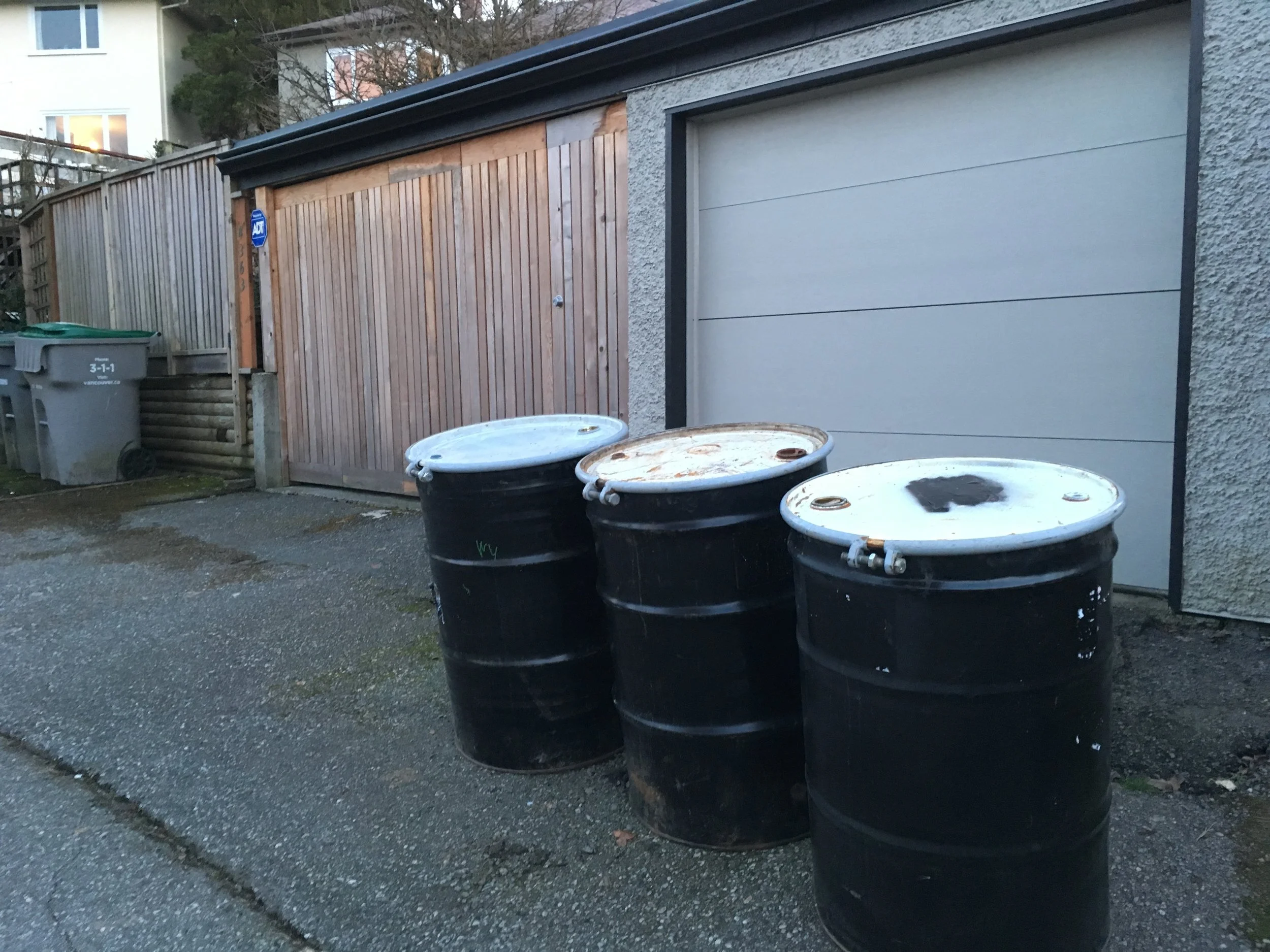Asset Management gets personal
Past meets present
Get rid of old, rusty, buried oil tanks!
Do the right thing
I always look ahead and try to do the right thing. In 1983, we made a conscious decision to switch from an oil-burning furnace to an up-to-date gas furnace to heat our home. It was energy efficient. This meant decommissioning both the oil tank that was buried in the back yard and the octopus furnace that had been converted from a 1920's coal-fed to an oil-burning furnace! I recall conversations about the state of the oil tank. Was it empty? Should it be filled with sand? But I was consumed with having babies and working super-hard to support our family. That's my reason for not remembering what actually happened to the oil tank.
Since then, the City of Vancouver in BC regulated that oil tanks must be removed from the ground, including all contaminates. It's the right thing to do.
The Big Dig resulted in one of the most stressful weeks of my life. Join me as I take you on my journey.

